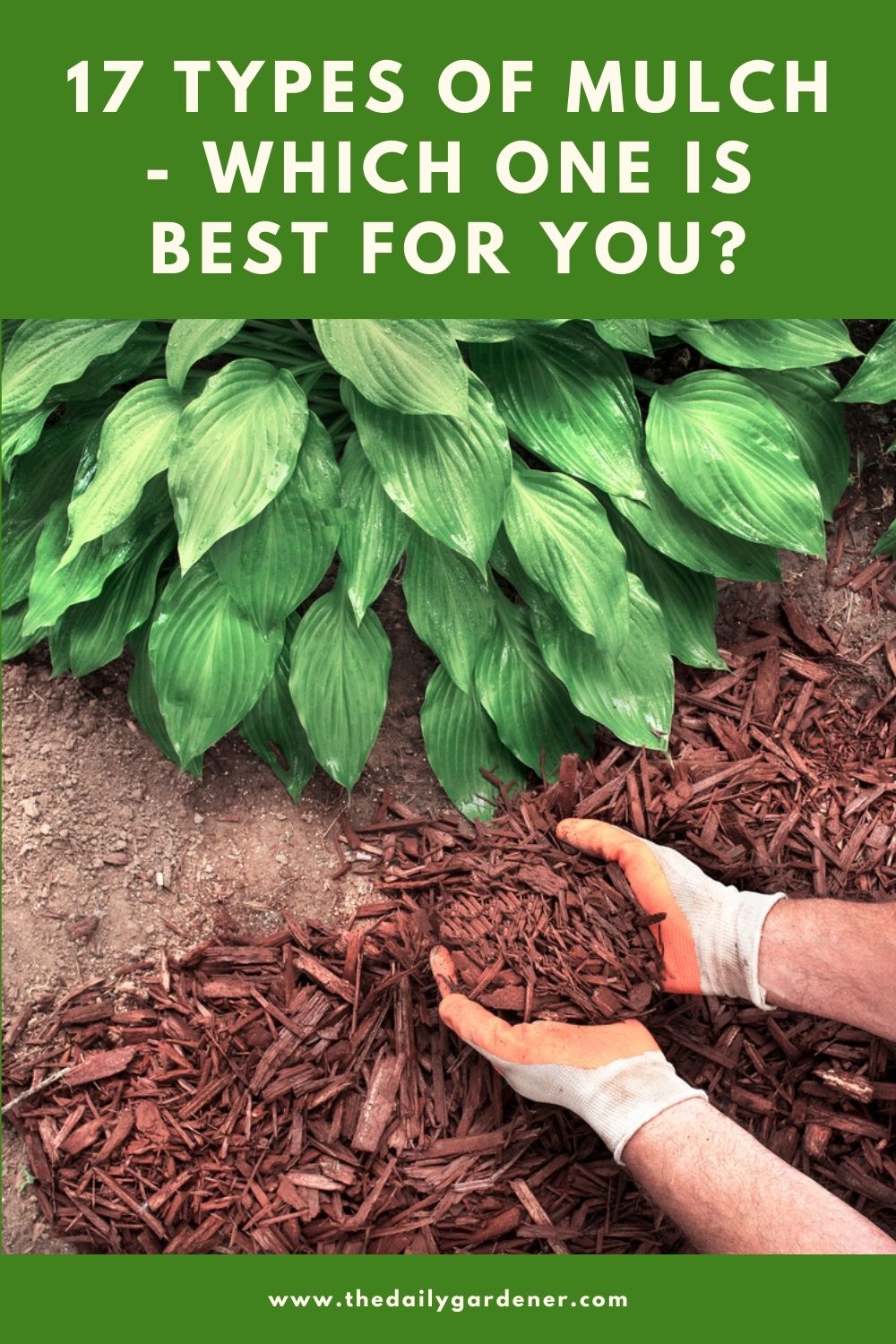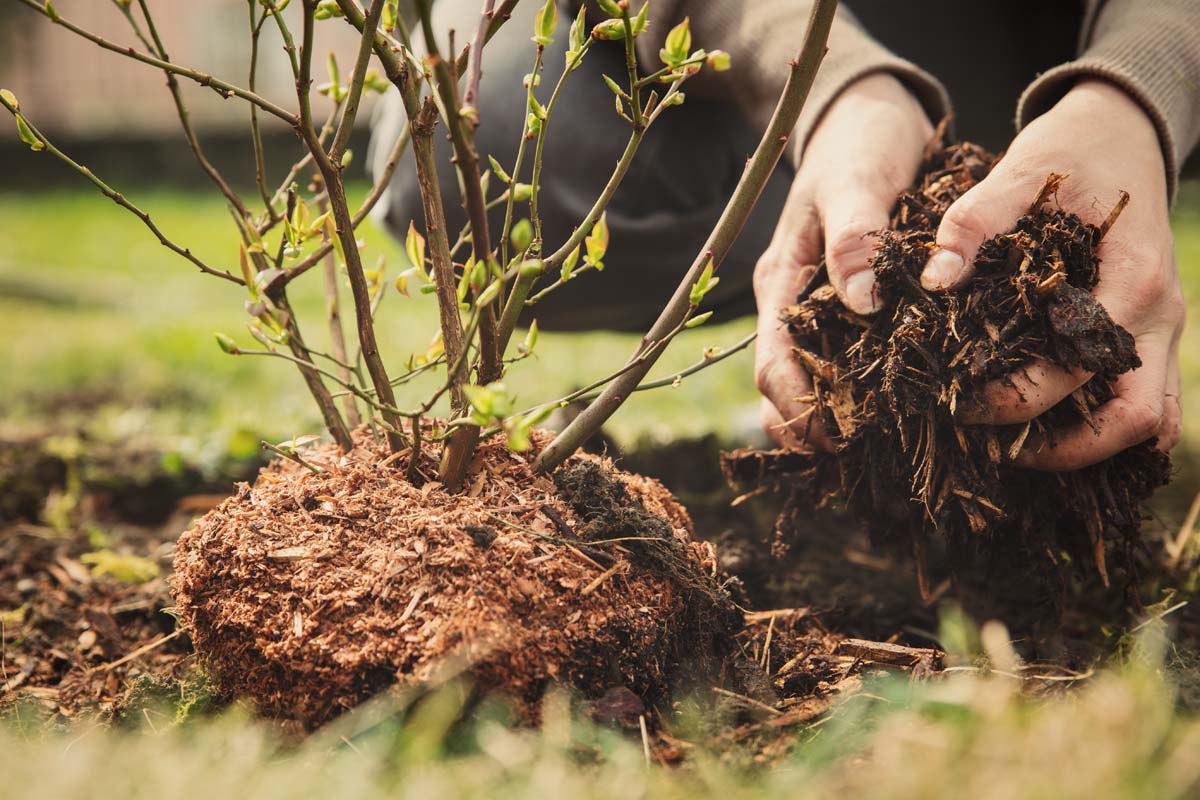Why Mulching Matters: Unlocking Your Garden’s Full Potential
Mulching is a simple yet powerful technique that can transform the health and appearance of a garden. By applying a layer of organic material around plants, gardeners can regulate soil temperature, retain moisture, and suppress weeds. This trifecta of benefits can lead to stronger, more resilient plants that require less maintenance and care. In fact, mulching can be a crucial step in preparing a garden for the changing seasons, ensuring that plants are protected from extreme temperatures and weather conditions. Whether you’re a seasoned gardener or just starting out, understanding the importance of mulching can help you create a thriving outdoor space that requires minimal upkeep. As you consider when to mulch the garden, remember that this technique is a key component of a comprehensive garden maintenance strategy.
Timing is Everything: Knowing When to Mulch for Maximum Impact
When it comes to mulching, timing is crucial. Mulching at the right time can make a significant difference in the effectiveness of this technique. In general, the best time to mulch the garden is during the spring and fall seasons, when the soil is cooler and plants are actively growing. This allows the mulch to retain moisture, suppress weeds, and regulate soil temperature, creating an ideal environment for plant growth. Additionally, mulching during these seasons can help protect plants from extreme weather conditions, such as frost and heatwaves. However, the ideal time to mulch may vary depending on the specific climate zone, plant growth stage, and weather conditions. For example, in hot and dry climates, it may be beneficial to mulch during the summer months to retain moisture and reduce soil temperature. By understanding when to mulch the garden, gardeners can maximize the benefits of this technique and create a thriving outdoor space.
How to Choose the Right Mulch for Your Garden’s Needs
Selecting the right type of mulch is crucial to achieving the desired benefits in the garden. With so many options available, it can be overwhelming to choose the perfect mulch. However, by considering a few key factors, gardeners can make an informed decision. One of the primary considerations is whether to use organic or inorganic mulch. Organic mulches, such as wood chips, bark, and straw, break down over time, adding nutrients to the soil. Inorganic mulches, like gravel and plastic, do not decompose and are often used for decorative purposes. Texture is another important factor, as it can affect the appearance and functionality of the mulch. For example, fine-textured mulches like sawdust may be better suited for vegetable gardens, while coarse-textured mulches like wood chips may be more suitable for flower beds. Color is also a consideration, as it can affect the aesthetic appeal of the garden. By understanding the different types of mulch and their characteristics, gardeners can choose the right mulch for their specific needs, ensuring a healthy and thriving garden. Remember, when to mulch the garden is just as important as choosing the right type of mulch, so be sure to consider the timing of your mulching efforts as well.
The Benefits of Mulching in Different Climate Zones
Mulching is a versatile technique that can be adapted to various climate zones, providing benefits to gardens in hot and dry, cool and wet, and temperate regions. In hot and dry climates, mulch helps to retain moisture, reduce soil temperature, and prevent soil erosion. Organic mulches like wood chips or straw are ideal for these regions, as they break down slowly and provide a cooling effect. In cool and wet climates, mulch aids in improving soil drainage, reducing soil compaction, and regulating soil temperature. Inorganic mulches like gravel or stone are suitable for these regions, as they allow for good drainage and aeration. In temperate regions, mulch can be used to regulate soil temperature, retain moisture, and suppress weeds. A combination of organic and inorganic mulches can be used in these regions, depending on the specific needs of the garden. Regardless of the climate zone, understanding when to mulch the garden is crucial to achieving the desired benefits. By adapting mulching techniques to the specific climate zone, gardeners can create a thriving and resilient garden.
Mulching Strategies for Specific Garden Types
While mulching is a beneficial technique for all gardens, different garden types require tailored approaches. Vegetable gardens, for instance, benefit from a 2-3 inch layer of organic mulch like straw or grass clippings, which helps to retain moisture, suppress weeds, and regulate soil temperature. In flower beds, a thinner layer of mulch, around 1-2 inches, is recommended to prevent overwhelming the plants. Inorganic mulches like gravel or stone can be used in flower beds to add a decorative touch. Tree rings, on the other hand, require a thicker layer of mulch, around 3-4 inches, to protect the roots and prevent soil compaction. When to mulch the garden is also crucial in these specific garden types, as it can affect the growth and development of the plants. For example, in vegetable gardens, mulching during the planting season can help to retain moisture and suppress weeds, while in flower beds, mulching during the dormant season can help to protect the plants from extreme temperatures. By understanding the unique needs of different garden types, gardeners can develop effective mulching strategies that promote healthy plant growth and minimize maintenance.
Avoiding Common Mulching Mistakes: Tips for Success
While mulching is a beneficial technique for garden health, common mistakes can negate its benefits. One of the most critical errors is over-mulching, which can lead to oxygen deprivation, root rot, and plant death. On the other hand, under-mulching fails to provide adequate protection and benefits. Another common mistake is mulching too close to plants, which can cause stem rot and other problems. To avoid these mistakes, it’s essential to understand when to mulch the garden and how to apply the right amount of mulch. A general rule of thumb is to maintain a 2-3 inch layer of mulch around plants, keeping it a few inches away from the stems. Additionally, mulching at the right time, such as during the planting season or before extreme weather conditions, can make a significant difference in the effectiveness of mulching. By being aware of these common mistakes and taking steps to avoid them, gardeners can ensure that their mulching efforts yield the desired results and promote a healthy and thriving garden.
Mulching as Part of a Broader Garden Maintenance Plan
Mulching is a crucial component of a comprehensive garden maintenance strategy. When integrated with other essential practices, mulching can amplify its benefits and create a thriving garden ecosystem. Soil preparation, for instance, sets the stage for effective mulching. By loosening the soil and adding organic matter, gardeners can create an ideal environment for mulch to break down and nourish the soil. Fertilization is another critical aspect of garden maintenance that can be enhanced by mulching. By applying mulch around plants, gardeners can retain moisture and reduce the need for frequent watering, allowing fertilizers to be more effectively absorbed by the plants. Pest management is also closely tied to mulching, as a well-mulched garden can reduce the risk of pest infestations by creating a barrier that prevents pests from reaching plants. By understanding how mulching fits into a broader garden maintenance plan, gardeners can create a holistic approach to gardening that promotes healthy plant growth, reduces maintenance, and supports a balanced ecosystem. When to mulch the garden is also an important consideration in this context, as timing can impact the effectiveness of mulching in conjunction with other garden maintenance practices.
Mulching for a Sustainable Future: Environmental Benefits
Mulching is not only beneficial for garden health, but it also has a significant impact on the environment. By reducing waste, improving soil health, and supporting local ecosystems, mulching can play a crucial role in creating a sustainable future. One of the primary environmental benefits of mulching is the reduction of waste. Organic mulches, such as wood chips or leaves, are often derived from waste materials that would otherwise end up in landfills. By using these materials as mulch, gardeners can divert waste from landfills and create a more circular economy. Additionally, mulching helps to improve soil health by increasing the soil’s water-holding capacity, reducing erosion, and supporting beneficial microorganisms. This, in turn, can lead to healthier plants, reduced fertilizer use, and a more resilient ecosystem. Furthermore, mulching can support local ecosystems by providing habitat for beneficial insects and microorganisms, and by reducing the need for pesticides and other chemicals. By understanding the environmental benefits of mulching, gardeners can make informed decisions about when to mulch the garden and how to incorporate mulching into their sustainable gardening practices. By adopting mulching as a key component of their gardening strategy, gardeners can contribute to a more sustainable future for generations to come.






